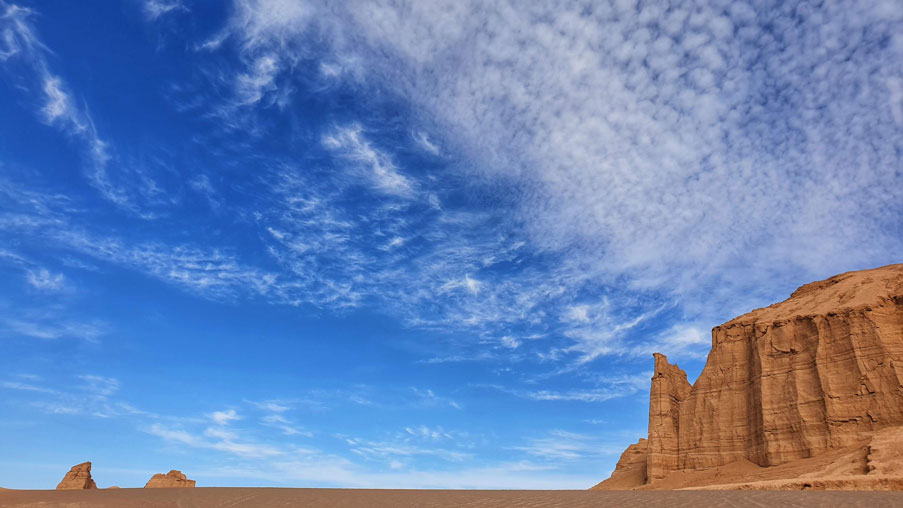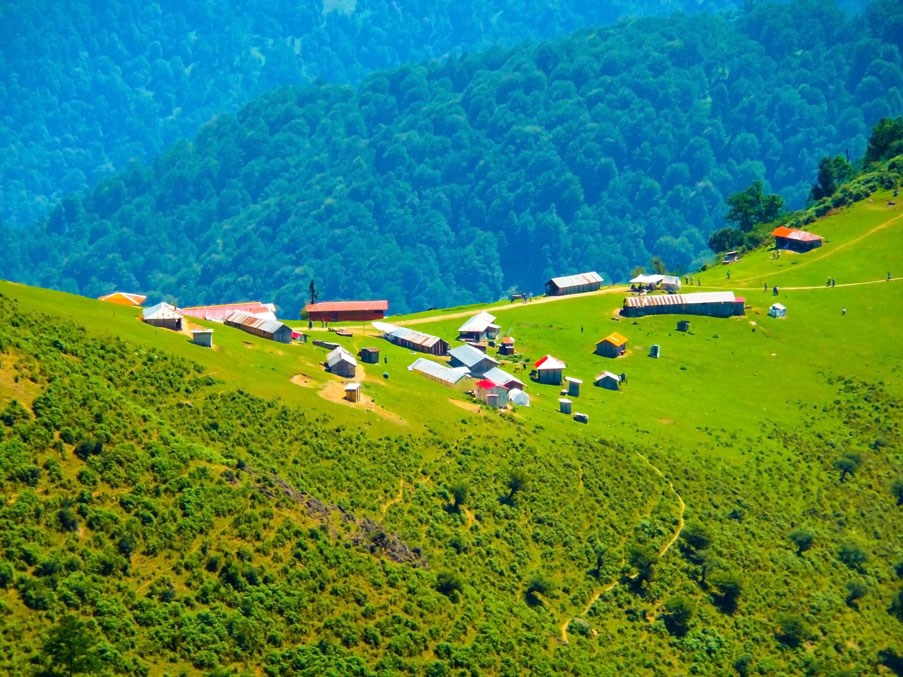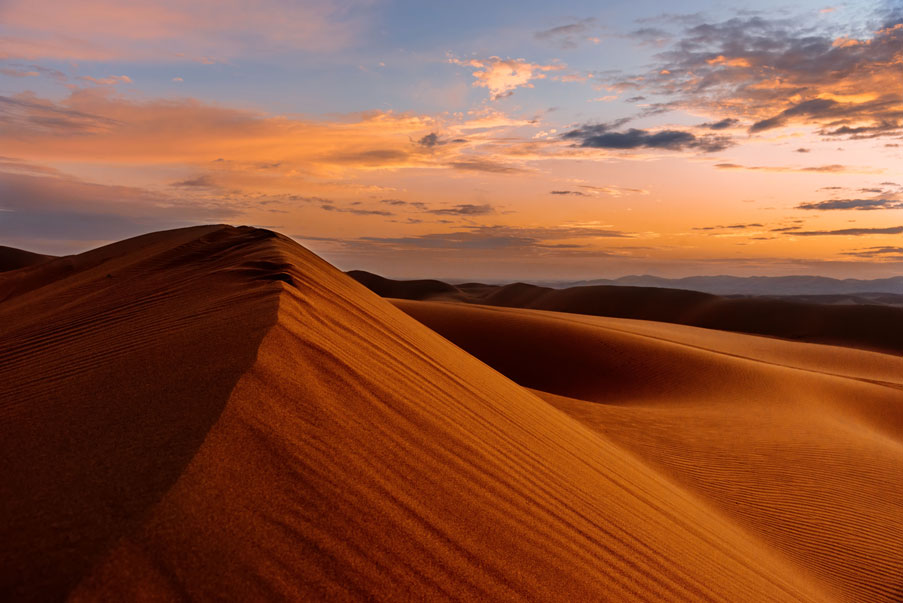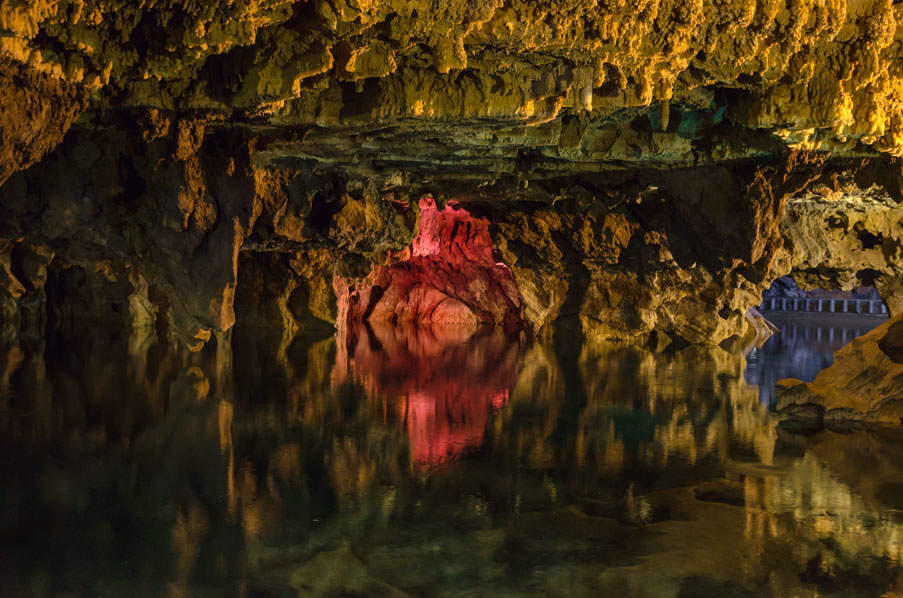Iran is considered as one of the most beautiful countries in the world. It is popular among tourists because of having breathtaking natural sights, ancient palaces, dense forests, and historical monuments. The climate of Iran is different due to its geographical location and the differences in altitude. There are usually four distinct seasons in all areas. While the weather is pleasant in spring and the flowers are in full bloom all over the country, autumns and winters are usually rainy, snowy, and very cold. Moreover, the people in Iran have a reputation for being warm-hearted and hospitable. That is why many tourists choose Iran as their holiday destination every year.
By the way, there is another critical point that must be indicated about Iran. If you decide to get the surgeries you need in Iran's specialized clinics, you will be offered the most up-to-date services at a low cost. Thus, besides saving a considerable amount of money and undergoing the operation you desire, you can explore the beautiful nature and tourist attractions in Iran. Such a pleasant atmosphere lets you prepare yourself for the procedure mentally and pass the recovery process successfully.
1. Badab-e Surt
For those who are enthusiastic about geology, the curious rock formations of Badab-e Surt are a fascinating natural wonder. This place is located in Mazandaran province, about 100 kilometers south of the city of Sari. The area consists of golden, red, and orange stepped terraces of sedimentary rock, shaped by deposits of minerals carried from nearby hot springs. Besides the dreamy views, one of the two springs of the travertine landscape springs is thought to have medical properties due to its high salinity and mineral content.
2. Mount Damāvand
Forty-one miles northeast of Tehran, Mount Damāvand's iconic ivory-frosted cone soars 5,671 meters into the clouds. It claims the title "highest peak" in the Middle East. Placed in the Alborz mountain range, the 1.8 million-year-old dormant volcano is literally a thing of legends, immortalized in ancient Persian poetry and folklore. Climbing fans can take one of 16 major routes up Damāvand in two to five days, navigating its rocky terrain, rich flora and fauna, and mineral hot springs. Mount Damāvand was nominated for World Heritage status in 2008 and remained on Iran's Tentative List.

3. Dasht-e Lut
The Lut Desert (Dasht-e Lut) is one of Iran's two vast deserts, covering an area of over 50,000 square kilometers in the central-eastern part of the country. The shifting sands of the Lut Desert create a living work of art. From June to October, subtropical storms sweep over the landscape, creating Aeolian forms—corrugated ridges because of wind erosion. The same phenomenon has also been seen on other planets like Mars, giving it an otherworldly quality. Dasht-e Lut was introduced as Iran's first and only natural UNESCO World Heritage site in 2016 for being "an exceptional example of ongoing geological processes." According to NASA, It's also one of the hottest places on Earth. It reached a record temperature of 159.3°F (70.7°C) in 2005. It beat out the previous record, which was held by El Azizia, Libya.

4. Lake Urmia
Lake Urmia is located in the Iranian territory between East and West Azerbaijan Provinces, which was used to be the largest saltwater lake in the Middle East. The lake has shrunk at an alarming speed due to decreased rainfall and irresponsible environmental practices over the past 45 years. It now holds less than 10 percent of its main volume, a problem that has prompted Iranian protestors to take to the streets in lately. What remains of Urmia's salt-caked shores continues to incline in salinity by more water evaporation. It is resulting in developing a breeding ground for a specific kind of algae that periodically turns the emerald lake bright red.

5. Turkmen Sahra
Turkmen Sahara is placed in the northeastern area of Golestan province bordering Turkmenistan and the Caspian Sea, an endless tableau of rolling green hills, a region of this province inhabited by seminomadic Iranian Turkmen. Originally, Turkmens were nomads who settled in cities gradually. Turkmen ethnicities are basically from Oghuz Turks. Turkmen means "like the Turks" or "Turkish" in their language. "Gonbad-e Kavus" is the largest city of Turkmen Sahara. Significant landmarks are the Khalid Nabi cemetery, which is known for hundreds of mysterious genitalia-shaped tombstones. Also, the 11th-century Ziyriad tower, Gonbad-e Qābus, and UNESCO World Heritage site are among its magnificent sightseeings. The structure is considered a testament of cross-cultural exchange, and "a great example for Islamic innovative structural design based on geometric formulae" that indicated a prototype for tomb towers across Iran, Anatolia, and Central Asia.
6. Qeshm
Qeshm Island is placed a few kilometers off the southern coast of Iran (Persian Gulf), opposite the port cities of Bandar Abbas and Bandar Khamir. In the Strait of Hormuz, monumental forts, Bandari villages, and ancient shrines dot the rocky coastline of Qeshm. Qeshm is the largest on the coast of Iran (Persian Gulf). Its importance dates back to the pre-Islamic era when it was a strategic navigation and trade center, and consequently, a frequent target for invaders. Today, the islanders are primarily fishermen, date and melon farmers, and salt miners. The biodiverse isle is home to salt caves, coral reefs, mangroves, the Hara forests, and turtle hatching sites. The island earned its place as Iran's first UNESCO Geopark.

7. Margoon Waterfall
Shiraz is known as one of the historical cities in Iran for many reasons, such as being the birth and resting place of Hafez (Iran's most beloved poet). But just an hour west, the 60-meter Margoon Waterfall surges through the northwest Fars province. As the name which means "snake-like" in Persian suggests, water streams down its slopes in a serpentine fashion. The region is also home to many plant wildlife and communities, including eagles, hyenas, bears, and boars. The waterfall is sourced from the river at the top of the mountain. There are more than a few thousand springs, and the water is poured out from the body of the rocky mountain walls. From this point of view, this waterfall is the largest and highest spring waterfall in the whole world.
8. Masal Forest, Gilan
The jungles of the northern province of Gilan are an area of breathtaking natural beauty and offer some beautiful hiking trails for visitors. An eight-hour driving distance from Tehran, the mountainous Masal region has some popular walking routes. It would be wise to bring your own supplies as hotels and shops are few and far between. The mixture of mountains, forest, and lush lowlands make a pleasing contrast with the harsh landscapes of southern Iran, although lynxes, bears, and wolves are said to inhabit these territories.

9. Maranjab Desert
The Maranjab Desert is situated to the north of the city of Aran and Bidgol in the Isfahan Province. The ancient city of Kashan is 62 kilometers away. The Maranjab desert is surrounded by the Salt Lake of Bidgol and Aran to the north while the city itself is located in the south. The west of desert marked off by the Massileh desert and east is delineated by the sand dam desert.
The name "Maranjab" is said to have been selected by Shah Abbas. The desert used to be a part of the famous Silk Road that used to connect China and Europe in the past. The name is derived from a Ramesh word that refers to the freshwater canals in the desert.

10. Salt Plains, Dasht-e Kavir
Dasht-e Kavir, or Kavir-e Namak (the Great Salt Desert), is another vast desert located in the center of the Iranian plateau, northwest of Isfahan and Yazd. Since this desert is extremely harsh, barren, and boiling hot, it's better not to wander without any particular aim. However, it is known as one of the most beautiful and peaceful places to visit in Iran. The Namak (Salt) Lake, which is about 100 kilometers from Qom is held to be the most tourist-friendly feature of the desert.
11. Qamsar
Qamsar (Ghamsar) is a city located in the center of Iran. It forms part of Kashan county and is 15 km south of Kashan in the province of Isfahan. Qamsar is a large and flourishing city with extremely beautiful gardens full of fine roses that are used for the manufacture of rosewater. Every year in spring, millions of tourists travel to this city to attend one of the biggest festivals in Iran called "Golabgiri" in which produce rose water is produced. The Kaaba in Mecca is washed annually by rose water produced in Qamsar.
12. Latun Waterfall, Gilan
If you had enough time to travel to Gilan province, you are highly recommended to head to the northern county of Astara to see Iran's highest waterfall. Latun falls against a magnificent backdrop of forested mountains and falls from a height of 105 meters. This area is highly secluded because of the surrounding waters and beautiful nature. Therefore, it can be a perfect rest area, which helps you refresh your mind.
13. Ali Sadr Cave
It is the world's largest natural water cave, which attracts thousands of visitors. It is located in Ali Sadr Kabudarahang county 100 kilometers north of Hamadan province, western Iran. The cave has a river flowing through it. Thus, most of the trip is with a boat. Surprisingly, only some parts of the corridors have been discovered so far. Since this cave is stunningly beautiful, it is a highly recommended destination for tourists traveling to Iran from all around the world.

14. Namarestagh
Namarestagh is a beautiful green region in Amol County, Mazandaran province. For those travelers who like to have adventurous trips, this area is like a hidden treasure. Exploring the lush foothills and climbing the snow-capped mountains soothe your mind. Because of having a hospitable climate and kind inhabitants, this rural area is a popular place for tourists who travel to Iran.
Depending on your mood, preference, and overall health condition, you can choose one of the areas we mentioned above as your destination. A relaxing journey helps you prepare for the operations you need, soothe your mind, and go through the recovery and healing process peacefully.
.jpg)